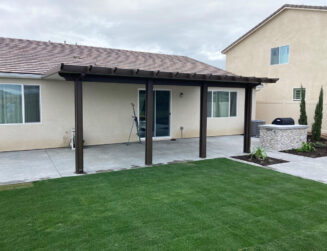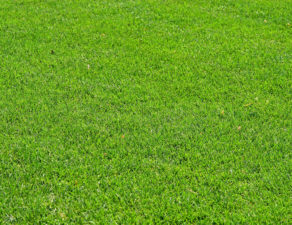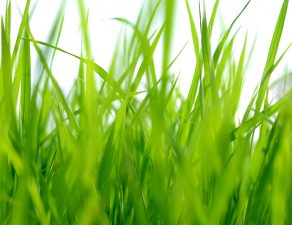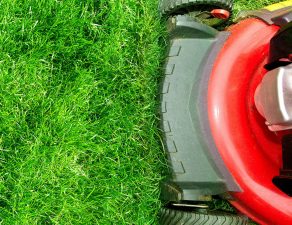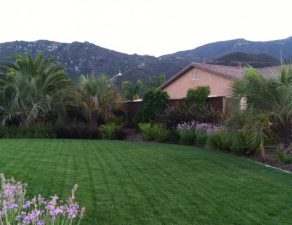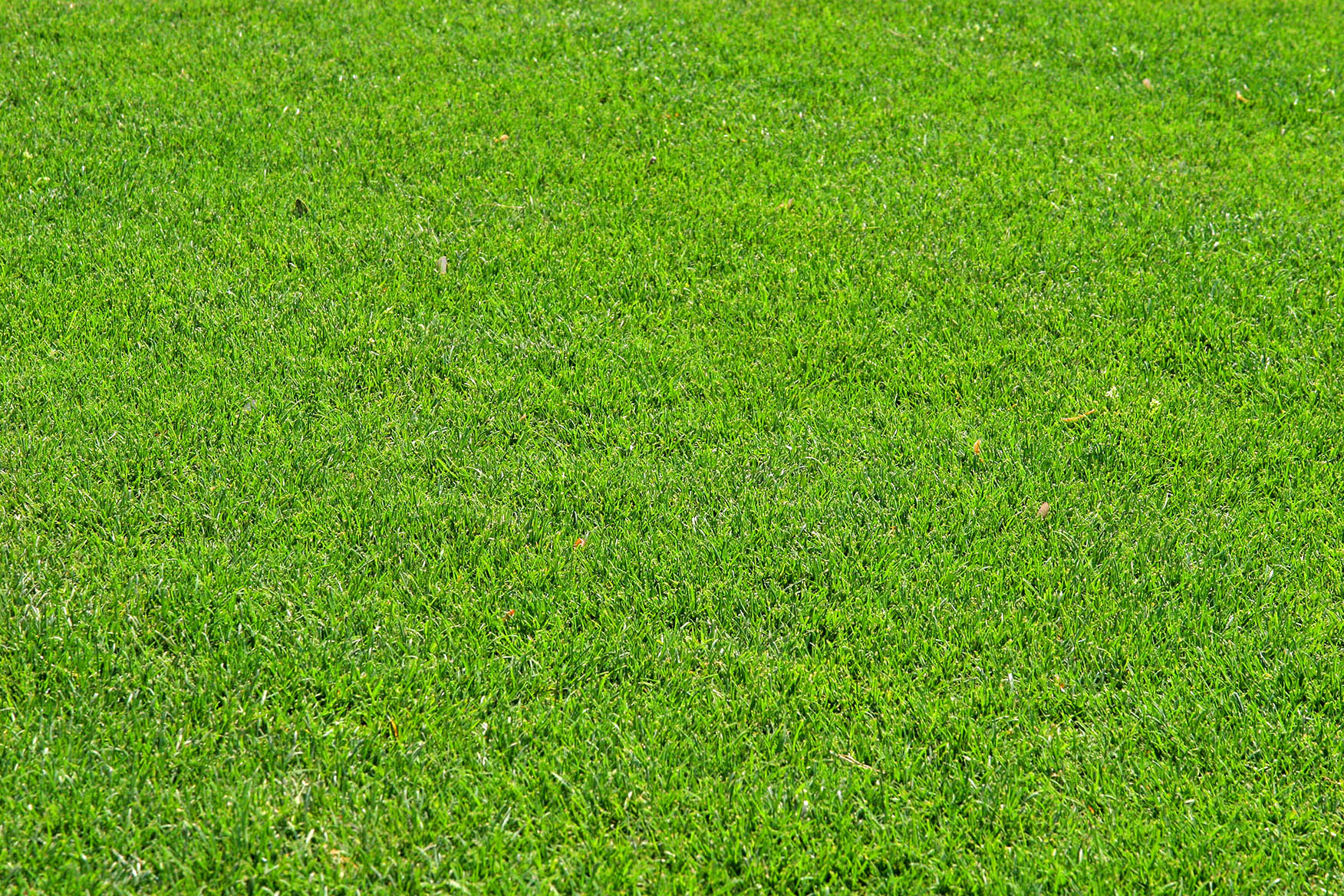
There’s just nothing like a lush carpet of rich green grass. From the curb appeal it provides, to the soft play surface that kids enjoy, Fescue grass fits the bill for many homeowners. But are there other options available to you? And what do they have to provide?
St Augustine. As a semi-dwarf grass, St Augustine grass has a plush appearance without the tendency to become thatchy in hot temperatures. When allowed to grow a bit higher than usual (three to four inches) the soft blades of St Augustine are often confused for Fescue.
Extreme hardiness is the primary benefit of St Augustine grass. If your yard is shady, St Augustine will grow well. In overly hot temperatures and droughts, the deep root system allows this type of grass to survive. And because St Augustine keeps its color, it looks great in a variety of light conditions.
However, St Augustine grass is not the right grass for overseeding.
Bermuda hybrids. If long, dry summers and the frequent droughts of Southern California concern you, a Bermuda hybrid grass might be just the thing to save your lawn (and your water bill). The most tolerant Bermuda hybrids use about 38 percent less water than other types of grass, making them an ideal choice for homeowners who want to limit their water usage. This variety is also quite shade tolerant, meaning it will hold its color and look great well into the cooler seasons.
Bermuda grass is installed via overseeded sod, takes root quickly, and is perfect for a fall installation.
Since Bermuda grass should be kept at half and inch to two inches tall, it will require more dedicated mowing. So keep that in mind as you deliberate between different types of grass for your lawn.
Paspalum. For those who want to try the newest “technology” in lawns, Paspalum grass might provide the answer. Ideal for warm climates, Paspalum provides a bright green color with medium-fine texture that is perfect for golf courses, sports fields, and home lawns alike. Because Paspalum grass was created to use less water and fertilizers, it might be considered ideal for those who want to protect the environment while also creating less work for themselves.
Since Paspalum is a warm-season grass, it does go dormant in the winter. But you can overseed the lawn to keep color at this time. Perhaps the only drawback to Paspalum grass is that it is definitely a full-sun grass, and won’t do well in the shade. So keep that in mind if you plan to install lots of trees and larger shrubs.
Whether you’re building a new home or just considering a new look for your existing lawn, grass might be your first decision. Call us to discuss your options so that you can start off your landscape design with the right lawn for your needs.

